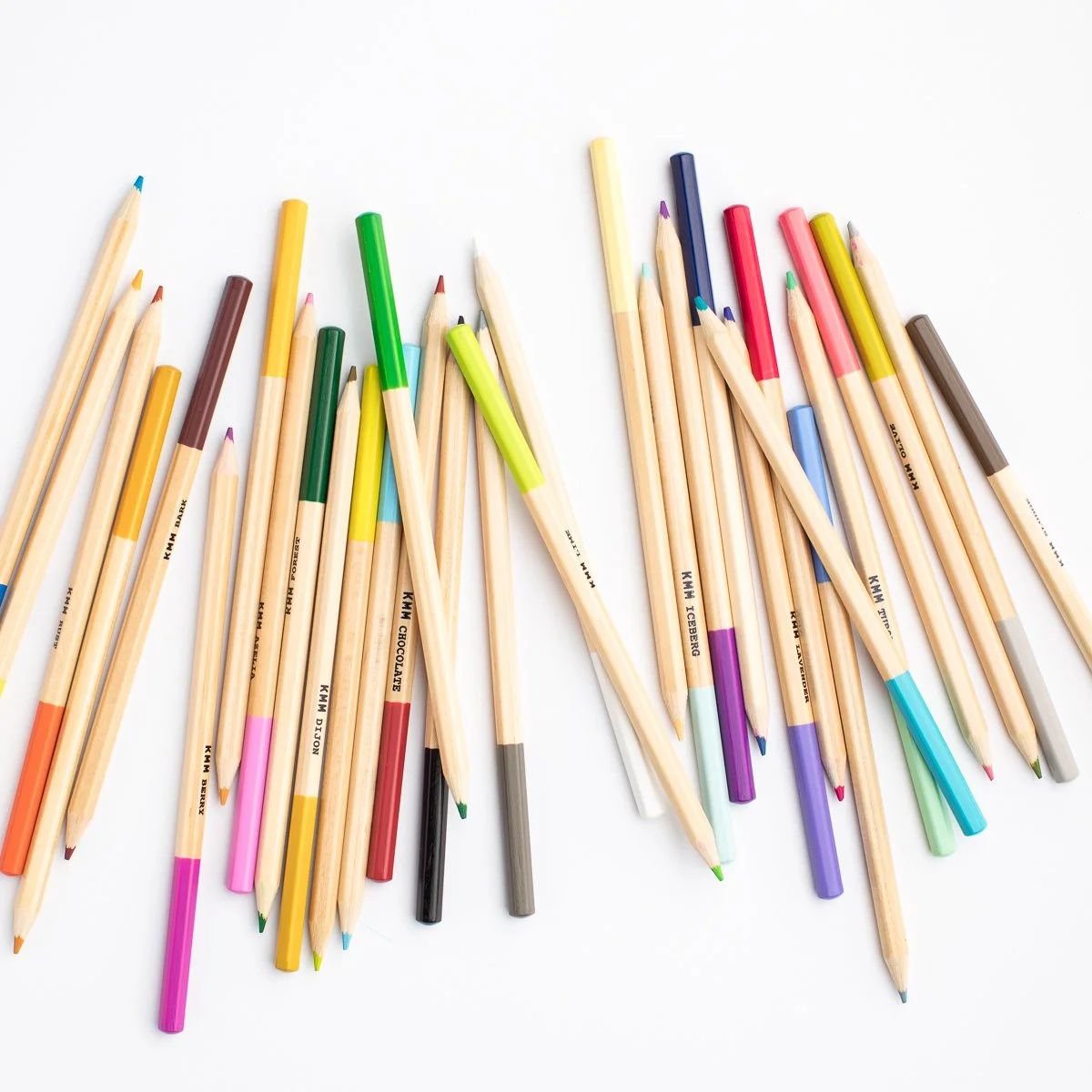Is My Toddler Ready for Preschool?
What Readiness Really Looks Like And How To Spot It At Home
You can picture it now. Their little backpack wobbling down a hallway without you. As the new school year approaches, you might find yourself quietly wondering, is my toddler really ready for preschool?
Will they know what to do?
Will they feel safe?
Will they miss me?
Probably. Yes to all of it.
But here’s what we know for sure. Preschool readiness is built in the ordinary, everyday moments you’re already having at home, like when your child learns how to ask for help, follow simple rhythms, and connect through play.
At its core, readiness is about connection, confidence, and communication.
And if you’ve been loving them, guiding them, and making space for their little voice to grow, then you’ve already begun.
Let’s take a look at these 3 real-life areas that help toddlers feel ready for preschool.
Communication Skills
When toddlers can use words to express needs and feelings, they feel understood and ready to engage.
Preschool is full of new voices, busy rooms, and lots of back-and-forth chatter. What matters most is that kids have a way to speak up, join in, and be understood. When children can ask for help, express what they need, or join in play with words, they feel more confident and connected.
This might look like:
Asking for help instead of getting frustrated
Saying “no” or “all done” when they’ve had enough
Greeting a teacher or friend by name
Describing what they see, feel, or want in their own words
How to Support This at Home:
Narrate your day and pause for your toddler to fill in the blank: “Time to put on your…”
Ask simple, open-ended questions during play: “Who is that?” “What’s happening?”
Model short, useful phrases like “I need help” or “No, thank you.”
Following Directions and Everyday Concepts
Simple, familiar language and routines help little ones feel steady and confident in new environments.
Preschool days move fast, and simple routines help little ones feel secure. Kids thrive when they hear familiar phrases and recognize concepts woven into their everyday lives. The more predictable their world, the more confident they become.
This might look like:
Simple directions: “Get your shoes and come to the door.”
Spatial words: in, on, under, next to
Size and quantity words: big/little, more/all done
Predictable transitions: “First we clean up, then we go outside.”
In short, familiar language helps new places feel less overwhelming.
Think of it like learning a few key phrases before traveling to a country where you don’t speak the language. You want to know how to say hi, bye, my name is, I would like, and no, thank you. You get the idea. We don’t have to and we’re not expected to be fluent, but those little bits of language go a long way in helping you feel more grounded. That’s what we’re doing for our kids. We’re giving them the words that help them participate in the world around them.
How to support this at home:
Use daily routines to practice directions: “Put the cup in the sink.”
Talk about size, position, and amount while playing or cleaning up
Use gentle rhythms to mark transitions: “First we brush teeth, then we read.”
Invite them into small tasks like setting the table, sorting socks, and picking up toys with you
Play and Social Interaction
Through play, children learn to connect, share, and handle the ups and downs of being with others.
Preschool runs on play. And through play, toddlers learn social skills, emotional control, and how to navigate the world around them. They learn how to share space, take turns, and try again when something doesn’t go their way.
You might notice your toddler:
Pretending with dolls, blocks, or everyday items
Offering a toy or saying “Wanna play?”
Using words like “Stop” or “No” instead of acting out or hitting
Staying with an activity longer when someone else is involved
Small wins like these lay the foundation for kids to feel connected and brave enough to explore.
How to support this at home:
Join their pretend play and expand the story: “Let’s tuck in the baby!”
Practice turn-taking with simple games: rolling a ball, stacking blocks
Name feelings when they come up: “You look mad. Do you want help?”
Coach helpful phrases: “Can I have a turn?” “I don’t like that.”
Your Child Is Ready. And We Think You Are Too.
Picture that little backpack again. Wobbling, yes, but filled with more than snacks and crayons. It’s packed with the everyday moments of connection you’ve shared together. The words they’ve learned, the rhythms they follow, the games that have taught them how to play and share.
They might miss you (and that’s okay), but they are ready. Ready to step into a bigger world with curiosity and courage, carrying your love and guidance quietly tucked inside. You’ve been their first teacher all along, their safe place, and their biggest cheerleader.
So when you watch them walk down that hallway, or give them one last hug before walking out the door, know that in that moment it’s not just goodbye. It’s a brave hello to what’s next. You both have already started this journey together, and you’re more ready to keep going.
Thanks for reading!
RELATED POSTS YOU’LL ALSO LOVE:
What Finally convinced me: My role matters
The hidden Order Behind LangUage Development
BEYOND THE ABCs: RAIDSING COMMUNICATORS, NOT MEMORIZERS
Basic concepts. What you need to know.


